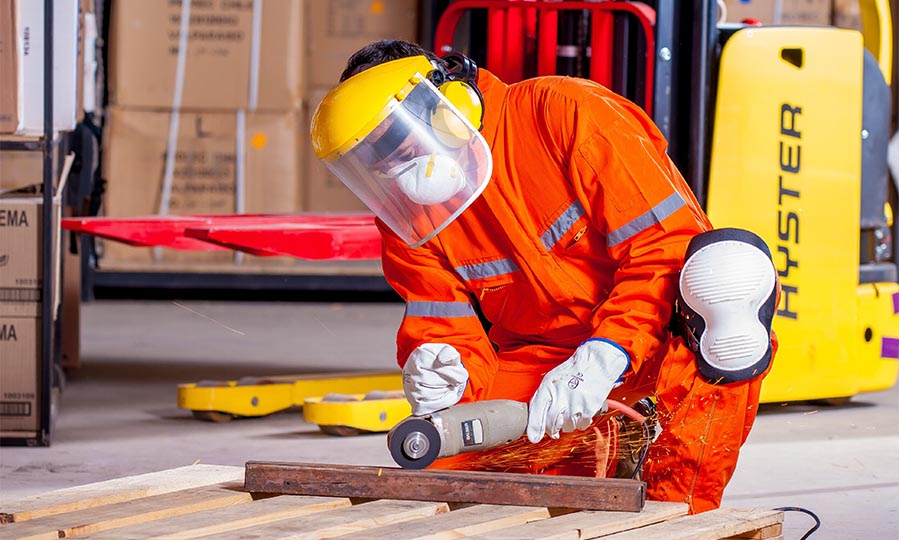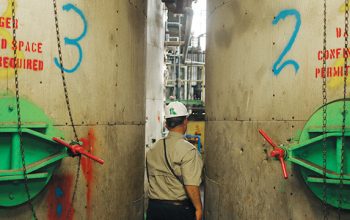Main Criteria To Prevent Work Accidents
For an organization to advance in strengthening a preventive approach to health and safety at work, it is necessary to identify and act on the source or origin of the occupational risk, in order to prevent workers from suffering harm, and implement measures of protection through elements of collective or personal protection (PPE).
In this sense, it is essential to distinguish between danger and risk in the workplace. There is a danger when there is a situation, substance or object that has a capacity in itself to cause damage, such as poisonous substances, work at height, or the use of a circular saw.
For its part, occupational risk is the relationship between the probability that a worker suffers a certain damage derived from work with dangerous elements and the severity of said damage. For example, using the saw without protection or handling a dangerous chemical or working at height without taking adequate preventive measures.
The greatest challenge in prevention is ensuring that the dangers that may arise in a work situation are not transformed into risks. Therefore, it is necessary to implement different strategies to control the sources of risks. In general, these strategies are organized according to the following phases:
- Identify the risks.
- Assess identified risks that cannot be avoided .
- Apply the measures to control them .
- Control the effectiveness of these measures.
- Periodically review working conditions, especially when changes occur in work organization or new technology enters.
When adopting risk control measures, it is important to highlight that these measures must be adopted according to an established hierarchical order, according to their decreasing effectiveness:
- Elimination of risk: the first option should be to eliminate the risk, that is, to do everything possible to eliminate it, improving working conditions.
- Substitution of the risky agent or process. If the elimination of the risk is not possible, the agent or the process will be replaced by a lower risk one.
- Control at the source or origin of the risk: thirdly, and if the above measures are not possible, control measures must be adopted at the source or origin of the risk (for example, engineering measures such as localized ventilation systems next to a source of pollutant or guardrails for collective protection against the risk of falling at different levels).
- Administrative measures: fourthly, if the above measures cannot be adopted, administrative measures will be introduced, such as the reduction of exposure times, and signs.
- Use of personal protection elements (PPE): the last measure will be the use of personal protection elements (PPE), which is the least effective method. They should only be used as a last resort when it is not possible to combat the risks through the above-mentioned measures. It is necessary to bear in mind that the use of PPE is a protective measure and not a preventive measure, since it avoids the consequences of an accident, but does not prevent its occurrence. Therefore, it is important to consider compliance with the preventive conditions.




